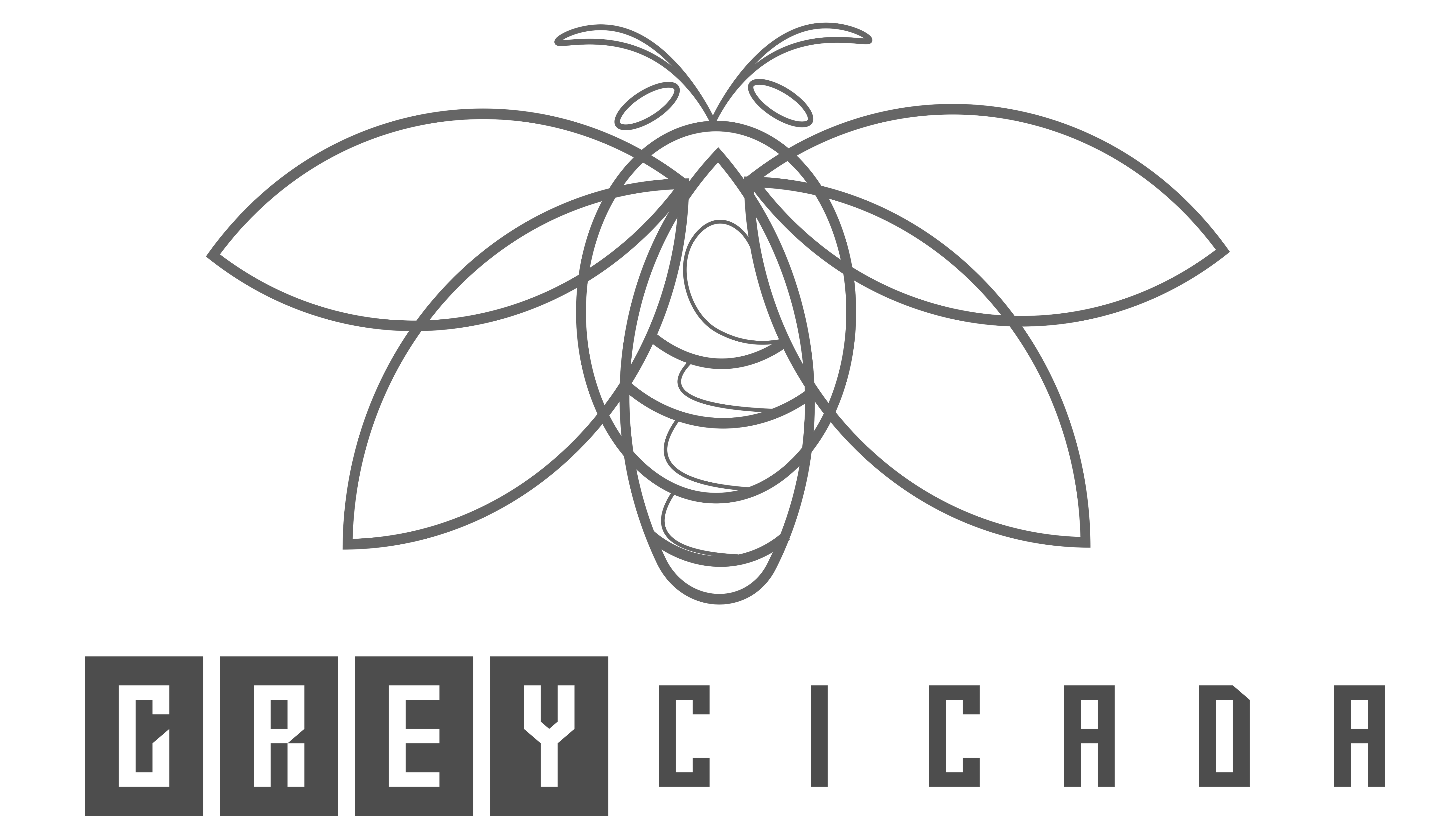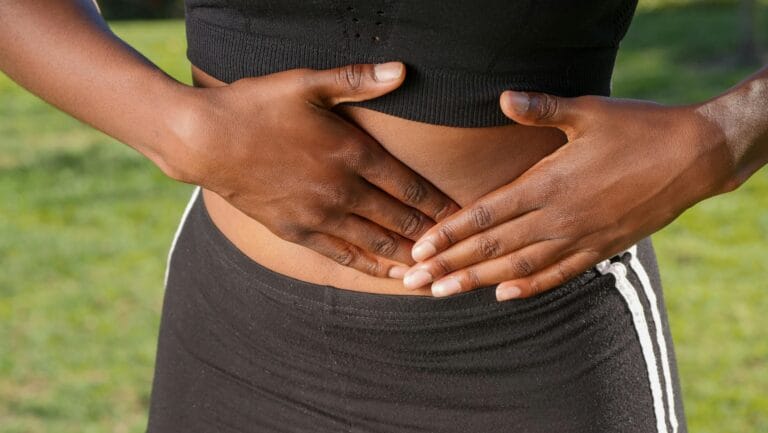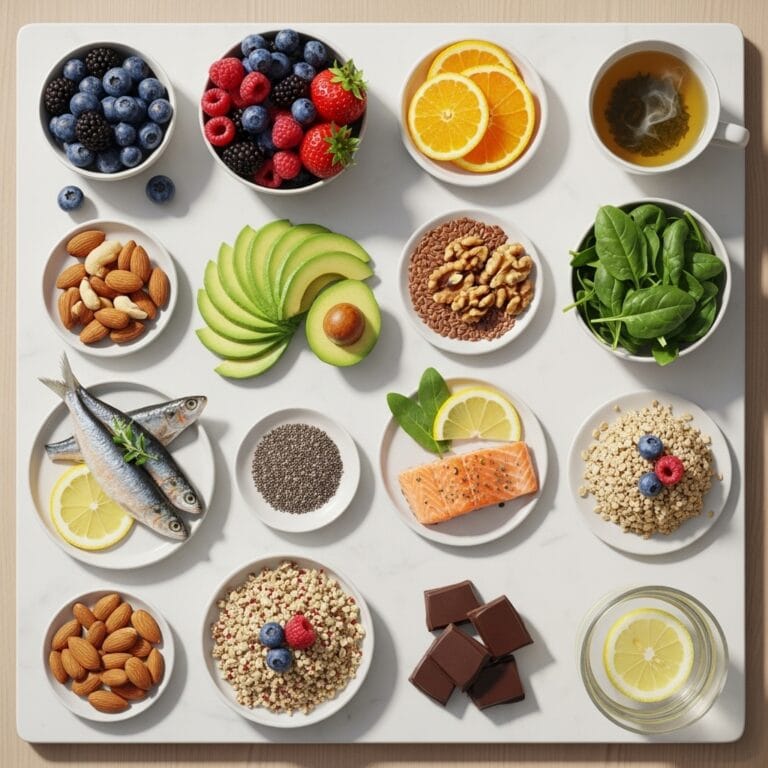FREE SHIPPING OVER $50
Yellow Teeth Gone: My 7-Day Baking Soda Trick for a Dazzling Smile!

Let’s be honest, few things can dim your confidence like a smile that’s lost its sparkle. If you find yourself holding back laughter or consciously hiding your teeth in photos because of persistent yellow teeth, you’re definitely not alone. It’s a common concern, and while professional teeth whitening options are out there, they can often be expensive and, for some, a little intimidating.
But what if I told you there’s a simple, incredibly affordable, and surprisingly effective trick that could help transform your yellow teeth into a dazzling smile in just 7 days? Yes, you read that right – just one week! I’m referring to a natural, easy-to-implement method that utilizes a common household item you likely already have in your pantry: baking soda. This isn’t just a fleeting trend; it’s a time-tested approach that, when used correctly, can help lift those stubborn surface stains and bring back your smile’s natural brilliance. Ready to uncover this secret and reclaim your confidence? Let’s dive into my 7-day baking soda trick!
Why Our Smiles Lose Their Sparkle: Understanding Yellow Teeth
Before we unleash the power of baking soda, it’s helpful to understand why our teeth might start to look less than brilliant. It’s not always a sign of poor oral health, but rather a combination of factors that cause teeth discoloration.
We generally see two types of stains or discoloration:
- Extrinsic Stains: These are the most common culprits and the ones baking soda is best at tackling. They form on the outer surface of your enamel (the hard, protective layer of your tooth) from things we eat and drink. Think of your morning coffee, daily tea, red wine, dark berries, and even certain sauces. Tobacco use is also a major contributor to stubborn extrinsic stains. These substances contain chromogens, which are pigment-producing compounds that cling to tooth enamel.
- Intrinsic Discoloration: This type of discoloration originates from within the tooth itself. Factors like aging (as enamel thins, the yellowish dentin underneath becomes more visible), genetics, certain medications (like tetracycline taken during childhood), excessive fluoride intake, or even trauma to a tooth can cause internal changes in color. While baking soda primarily addresses extrinsic stains, understanding intrinsic discoloration helps set realistic expectations for any whitening method.
Beyond food and drink, simply not maintaining consistent oral hygiene can also lead to yellow teeth. When plaque (a sticky film of bacteria) and tartar (hardened plaque) build up on your teeth, they can absorb stains and give your smile a dull, yellowish appearance. Regularly brushing, flossing, and visiting your dentist for professional cleanings are foundational to preventing this buildup.
The Power of Baking Soda: Your Natural Whitening Ally
So, what makes common old baking soda (sodium bicarbonate) such a celebrated natural whitener in the oral health world? It’s all about its unique properties:
- Gentle Abrasive Power: When mixed with water, baking soda forms a mild abrasive paste. This texture is just enough to gently scrub away surface stains from your enamel without being overly harsh. Think of it like a very fine polish for your teeth. This mechanical action helps remove the discoloration that coffee, tea, and other culprits leave behind.
- Alkaline pH: Baking soda is naturally alkaline. Our mouths, especially after eating, can become quite acidic due to bacterial activity. An acidic environment can promote the growth of harmful bacteria and contribute to enamel erosion. Using an alkaline substance like baking soda helps to neutralize these acids, creating a more balanced oral environment. This not only contributes to overall oral health by reducing plaque buildup but also makes it harder for stains to adhere to the tooth surface in the first place.
This dual action makes baking soda a potent, natural, and accessible tool in your quest for a dazzling smile. It’s not a miracle cure for deep intrinsic discoloration, but for those everyday stains that dull your smile, it can be remarkably effective.
My 7-Day Baking Soda Trick for a Dazzling Smile!
Preparation:
- Ingredients:
- Baking Soda: About 1 teaspoon. Make sure it’s fresh for best results!
- Water: Just enough to form a paste (start with a few drops).
- Equipment:
- A small, clean bowl or a clean palm.
- Your regular soft-bristled toothbrush.
- Time Commitment: This routine takes only about 2-3 minutes out of your day for 7 days.
Simple Steps to Fudge Perfection:
- Create Your Paste: In your small bowl, place about one teaspoon of baking soda. Add just a few drops of water at a time, mixing with your toothbrush or a clean finger, until you form a consistent, slightly thick paste. You want it to be spreadable, not too runny or too crumbly.
- Load Your Brush: Dip your clean, soft-bristled toothbrush into the baking soda paste, picking up a good amount.
- Gentle Brushing Time: Gently brush your teeth with the baking soda paste. Focus on light, circular motions, covering all surfaces of your teeth. Do not scrub aggressively, as this can be too abrasive over time. Aim for 1 to 2 minutes of gentle brushing.
- Rinse Thoroughly: After brushing, spit out the paste and rinse your mouth thoroughly with water until all residue is gone. You’ll likely notice your mouth feels incredibly clean and fresh.
- Consistency is Key: Repeat this process once a day, every day, for 7 days. Choose a time that’s easy for you to remember, perhaps in the morning or before bed.
Important Tips for Success:
- Gentle is Gold: I cannot stress this enough – be gentle! Baking soda is abrasive, and while it’s mild, overuse or aggressive scrubbing can potentially damage enamel. Treat your teeth kindly.
- Just One Week: Stick to the 7-day regimen. While you might see results sooner, this specific timeframe is a good starting point for noticeable change.
- Monitor Sensitivity: Pay attention to how your teeth and gums feel. If you experience any new or increased sensitivity, reduce the frequency or discontinue use and consult your dentist.
- No Swallowing: While baking soda is generally safe, avoid swallowing large amounts of the paste. Rinse thoroughly.
By integrating these practices, you can significantly prolong the effects of your baking soda trick and keep your dazzling smile shining for years to come.
Important Considerations & When to See a Dentist
While baking soda is a fantastic natural whitener for many, it’s essential to approach any at-home teeth whitening method with realistic expectations and an understanding of its limitations.
- Realistic Expectations: Baking soda primarily works on extrinsic stains – those surface discolorations caused by food, drinks, and tobacco. It won’t change the natural underlying shade of your teeth, which is determined by genetics and the thickness of your enamel over dentin. If you have significant intrinsic discoloration or naturally darker teeth, you may not achieve dramatic Hollywood-white results with baking soda alone.
- Potential for Sensitivity: Some individuals might experience temporary tooth sensitivity or gum irritation, especially if they brush too aggressively or use the baking soda mixture too frequently. If sensitivity occurs, reduce use or discontinue and consider a toothpaste for sensitive teeth.
- Enamel Erosion (The Big Warning): This is where careful use is paramount. While baking soda is a mild abrasive, overuse or aggressive scrubbing can potentially wear down enamel over time. Enamel does not grow back. Stick strictly to the “once a day for 7 days” rule for initial treatment and infrequent maintenance. Also, never mix baking soda with highly acidic ingredients like lemon juice or vinegar for teeth whitening, as this combination can be severely damaging to enamel.
- Dental Work: Baking soda will not whiten existing dental work such as crowns, veneers, bonding, or fillings. These materials are designed to be stain-resistant and their color is permanent. If you have dental restorations, they may stand out against newly whitened natural teeth.
- When to See a Professional: While at-home methods are great for maintenance and surface stains, always consult your dentist if:
- You have persistent or severe teeth discoloration that doesn’t improve with at-home methods.
- You experience severe or prolonged tooth sensitivity.
- You have gum pain, bleeding, or other oral health concerns.
- You’re considering professional teeth whitening treatments, which can offer more dramatic results and are supervised by a dental professional.
Your dentist can accurately diagnose the cause of your teeth discoloration and recommend the safest and most effective whitening options for your specific needs, always prioritizing your overall oral health.
Conclusion
Saying goodbye to yellow teeth and hello to a more dazzling smile doesn’t have to be complicated or break the bank. My simple 7-day baking soda trick offers a powerful, natural, and accessible way to combat those pesky surface stains and bring out the inherent brightness of your smile.
Remember, the key is gentle, consistent application for that crucial week, followed by smart maintenance. Combine this clever trick with excellent everyday oral hygiene and a mindful approach to your diet, and you’ll be amazed at the difference. Embrace the confidence that comes with a genuinely brighter smile – it’s time to let your radiant self shine through!
Related Articles
- Stop Rinsing! Dentists Reveal Why You’re Washing Away Cavity Protection
- Dentist’s Warning: 3 Brushing “Mistakes” Silently Rotting Your Teeth (Stop Decay & Save Your Smile!)
- Ozempic SHOCKER: Forget “Face” – Experts Warn of a New, Hidden Danger Called “Ozempic Mouth”!
- URGENT WARNING: Stop Using THIS Mouthwash Now to Slash Your Bowel Cancer Risk (Surgeon’s Shocking Discovery)
- Think Your Toothpaste is Safe? The Shocking Ingredient You’re Brushing With Daily



